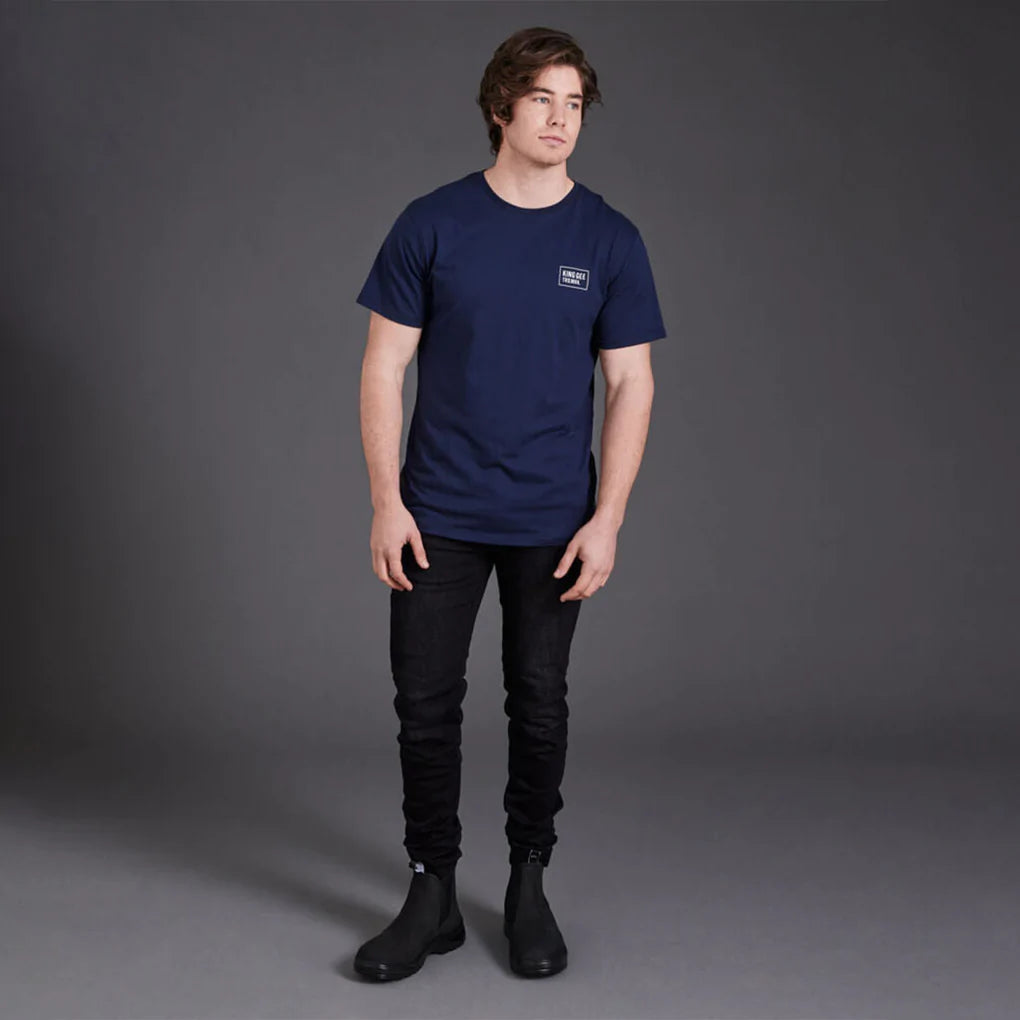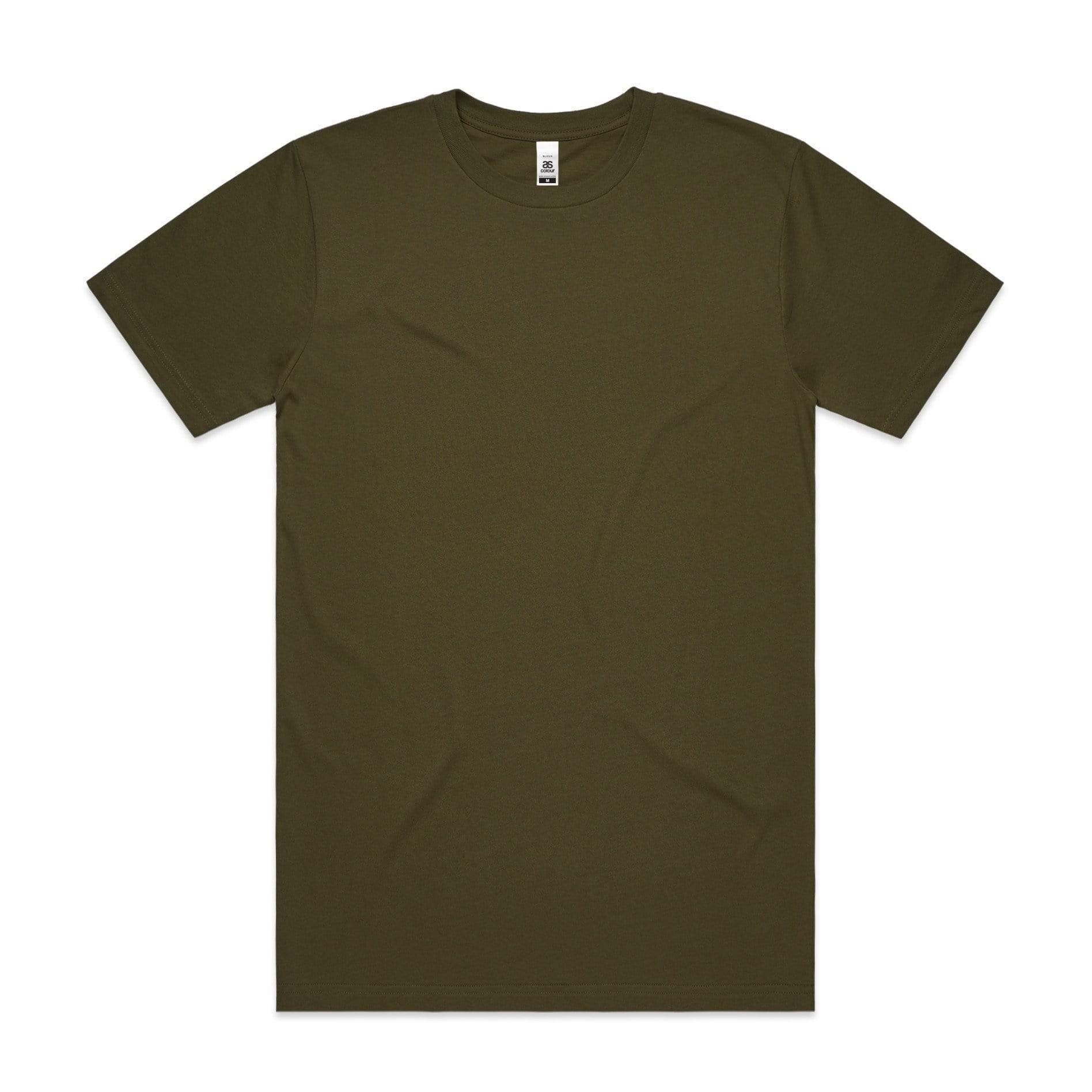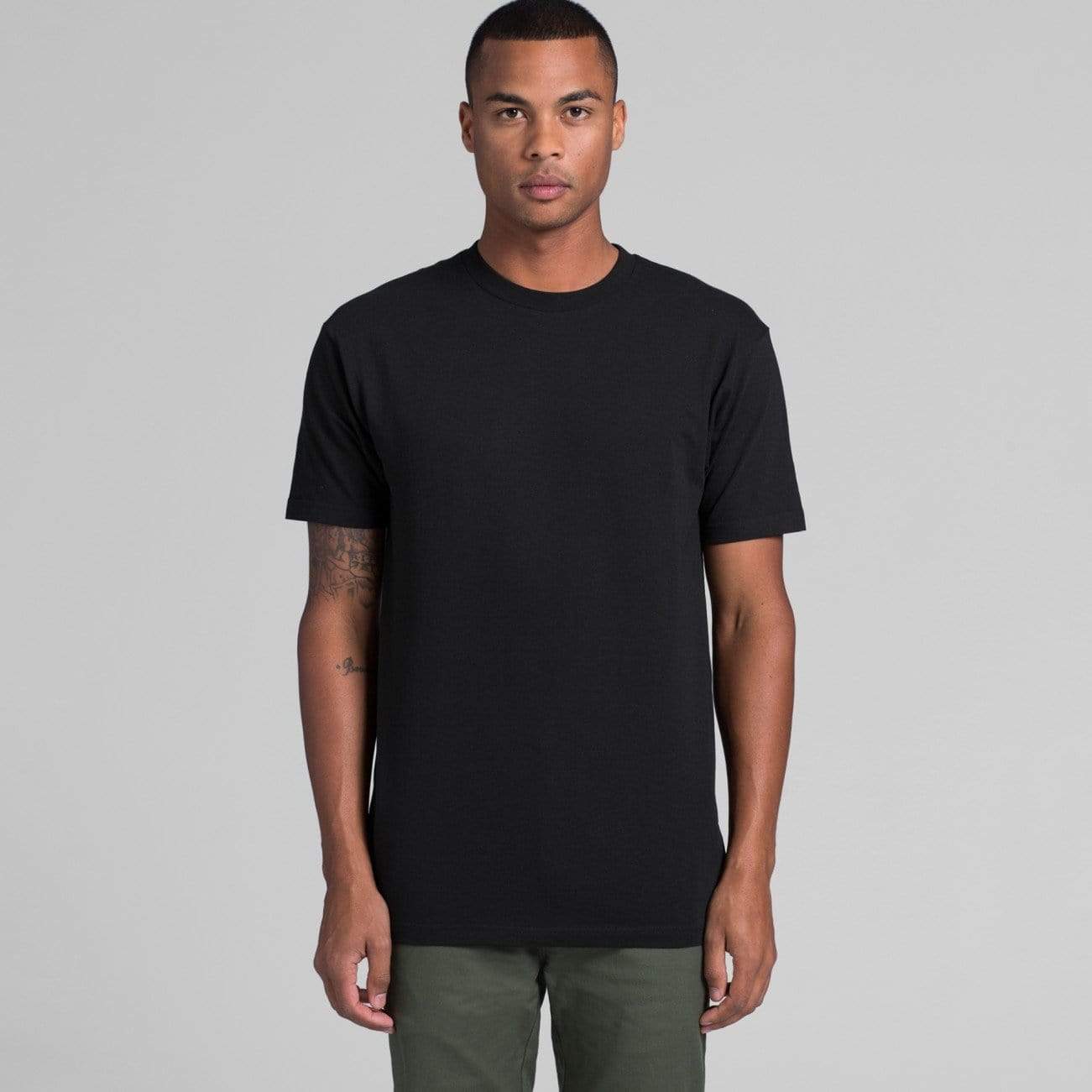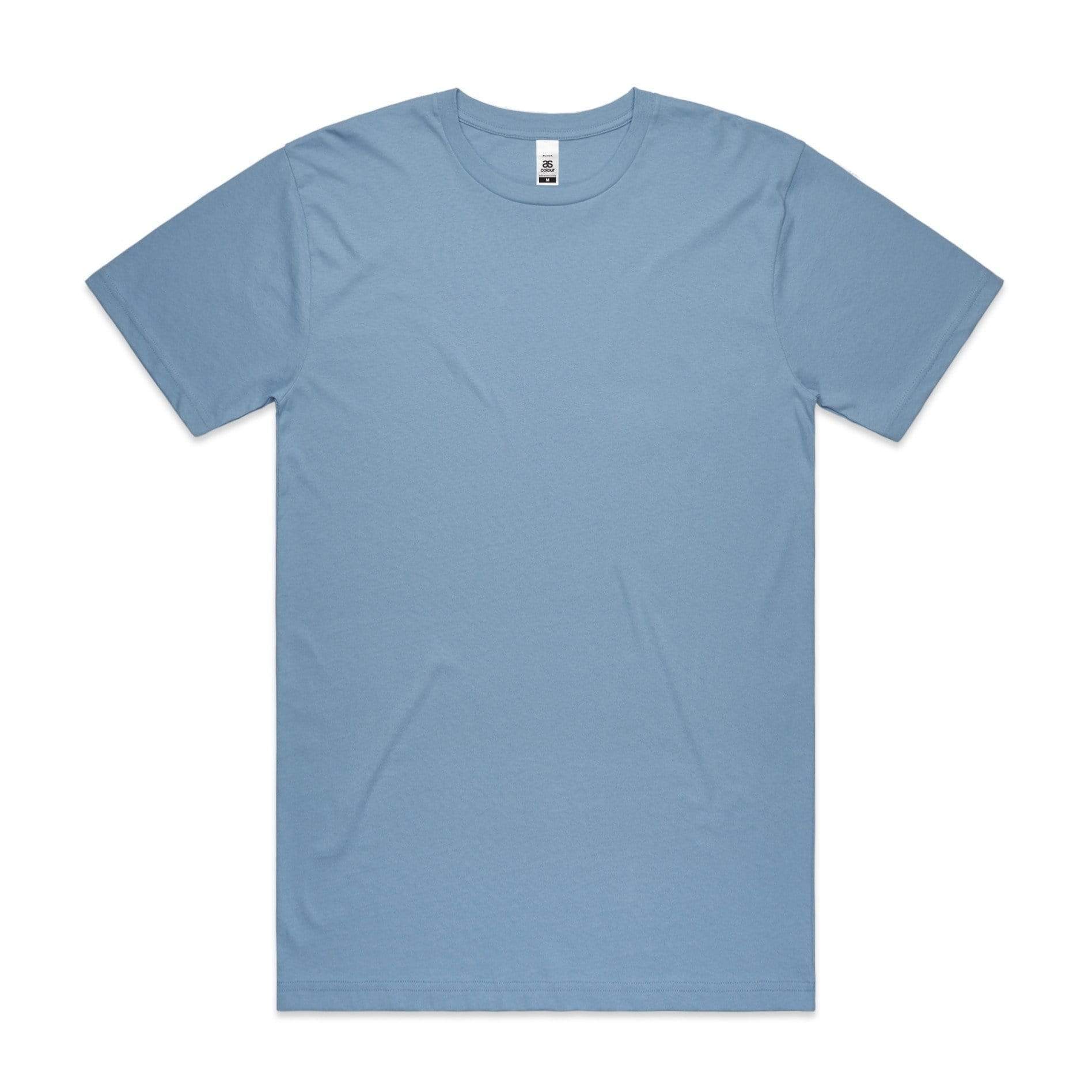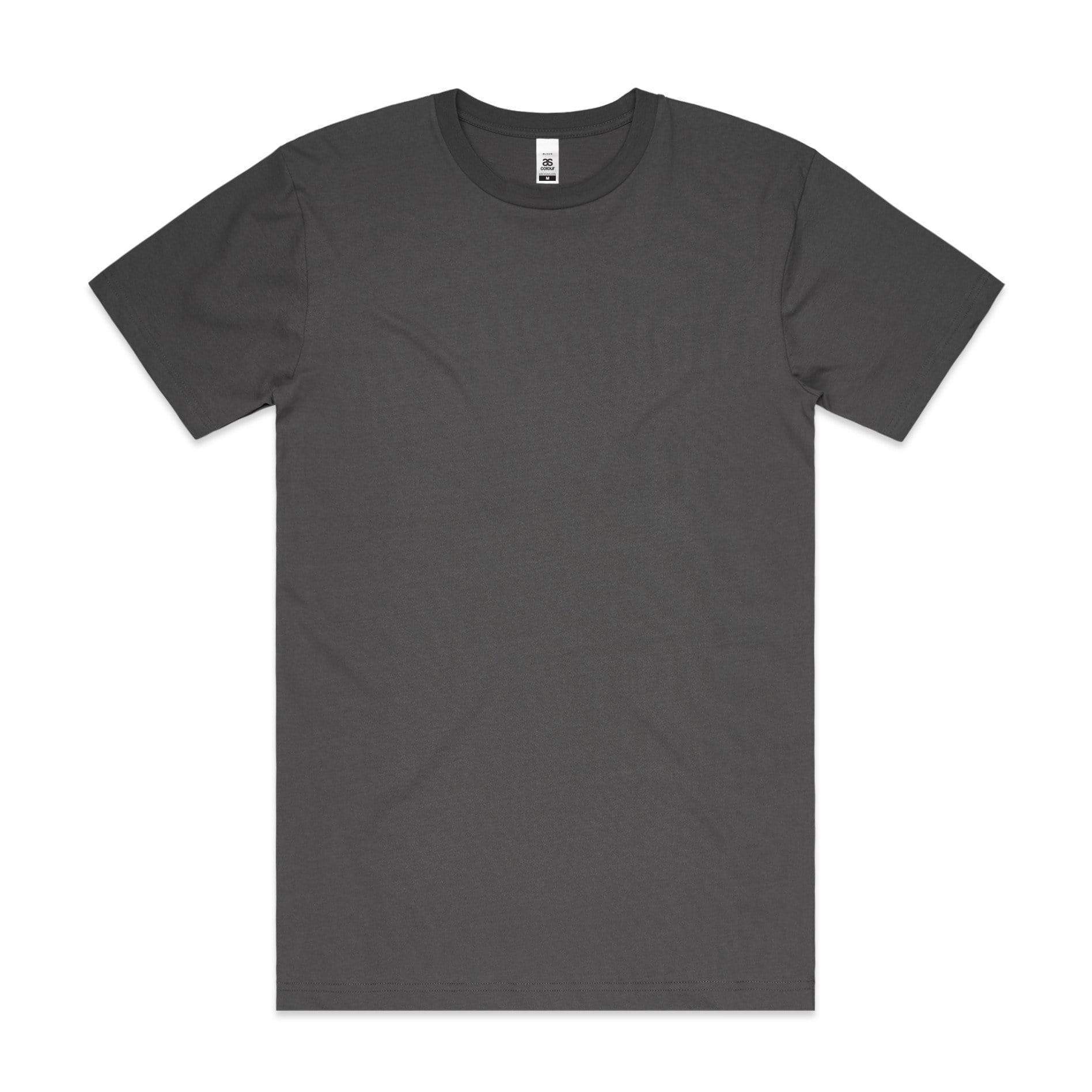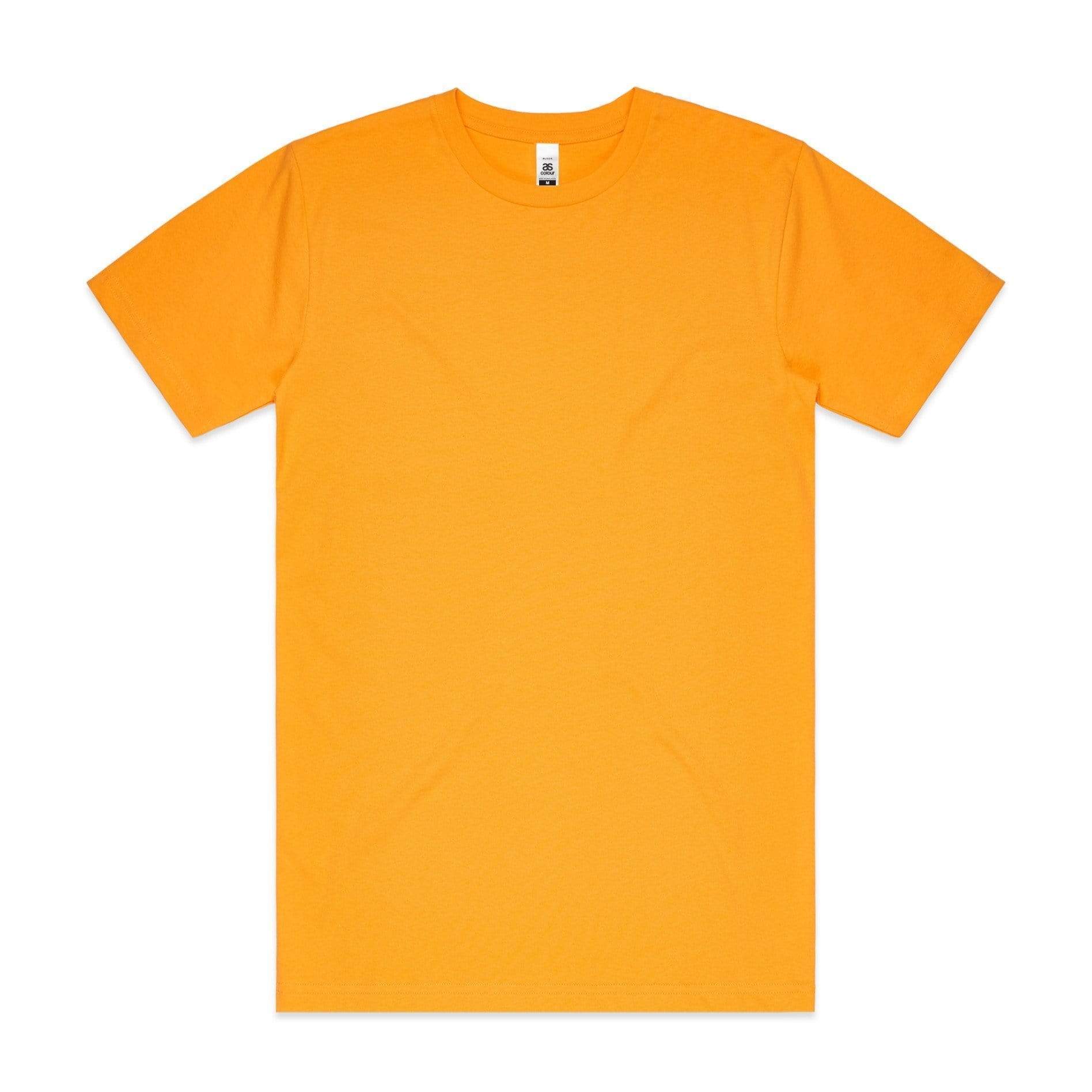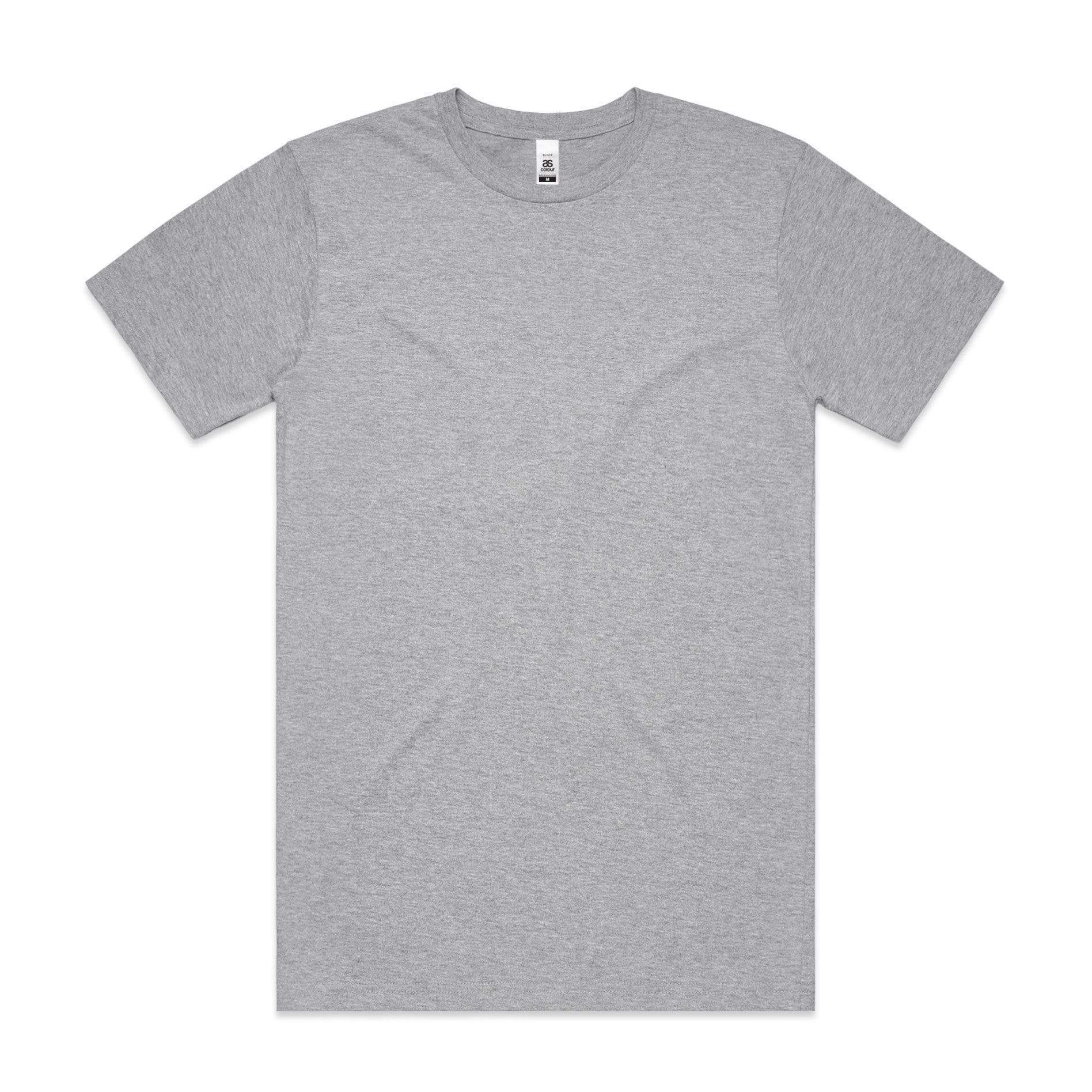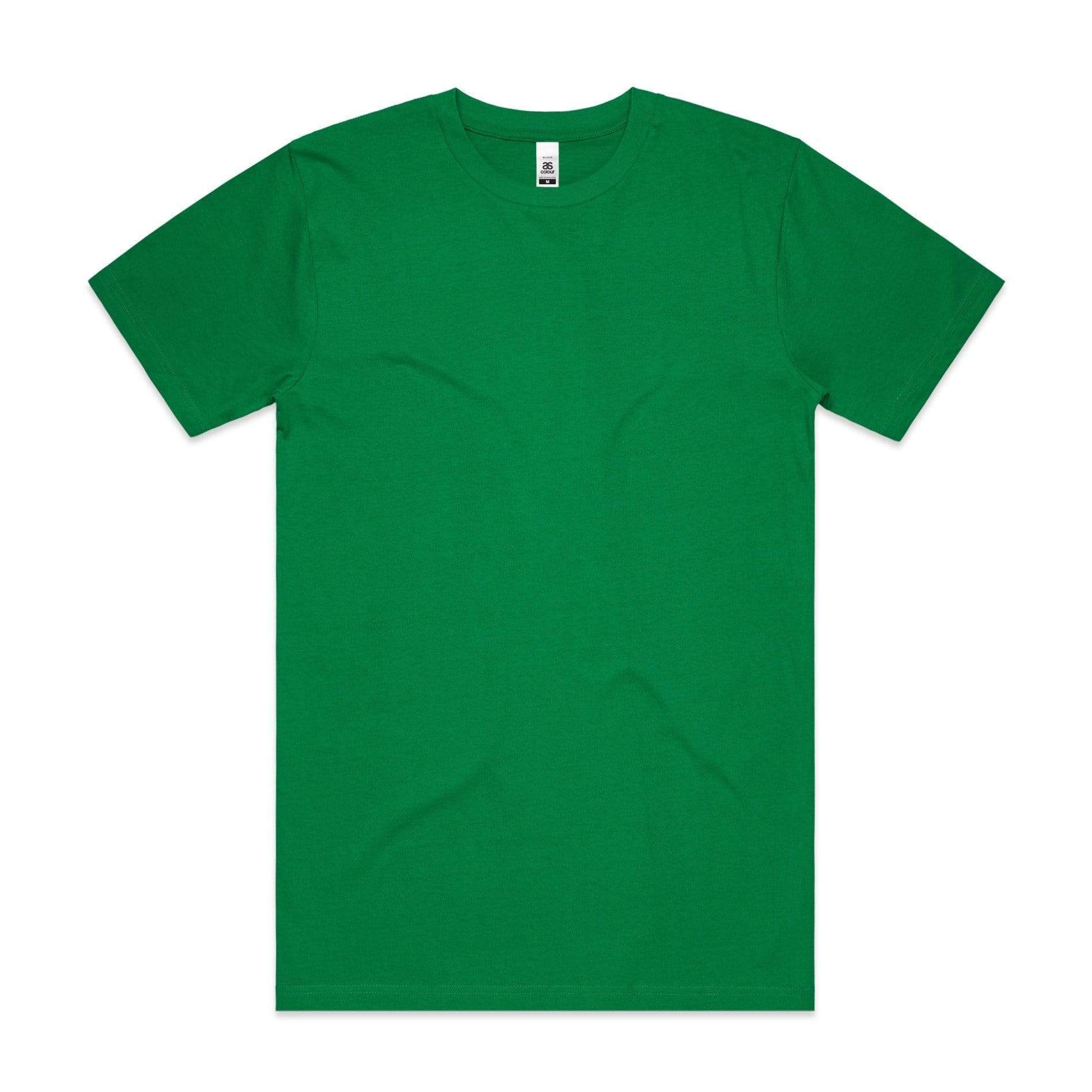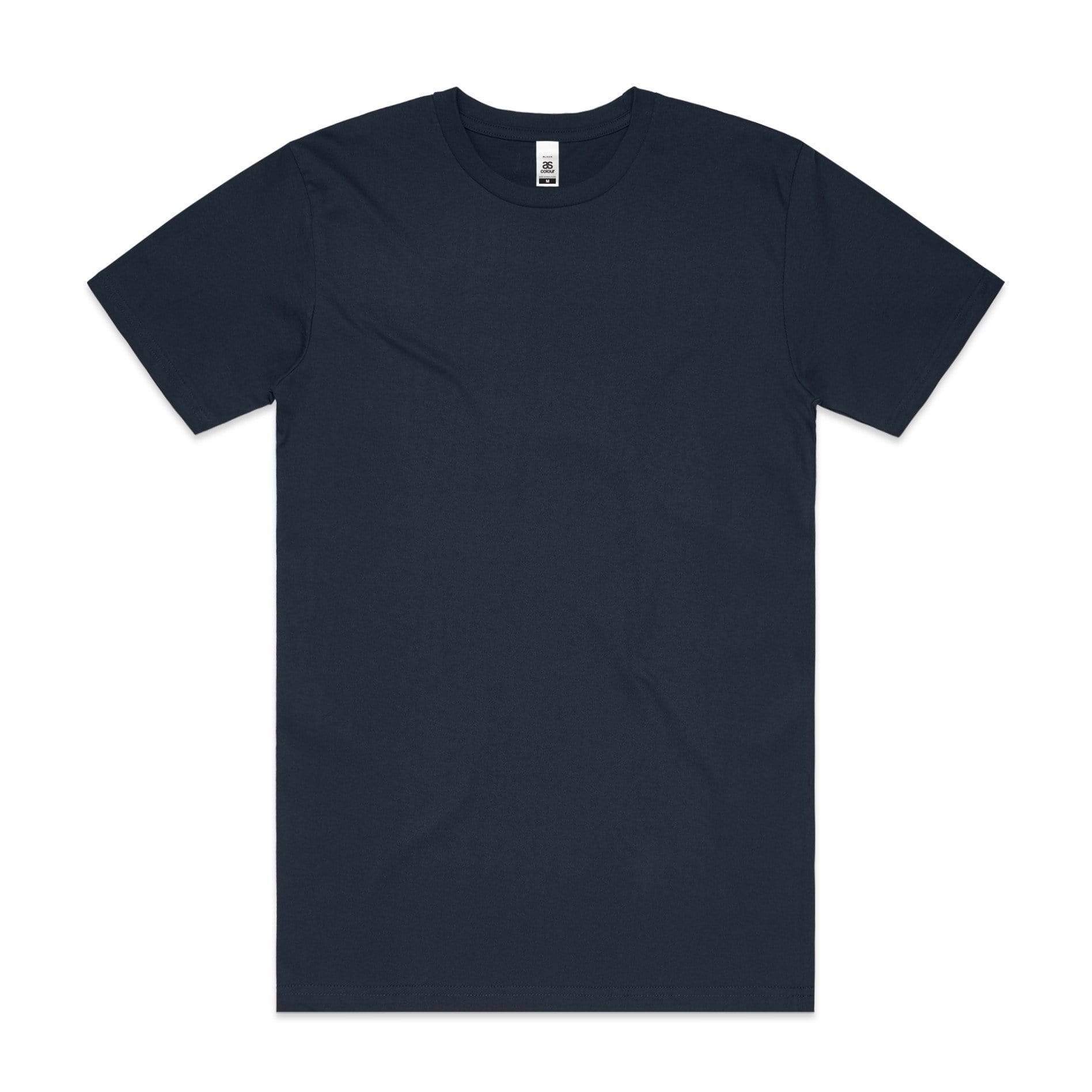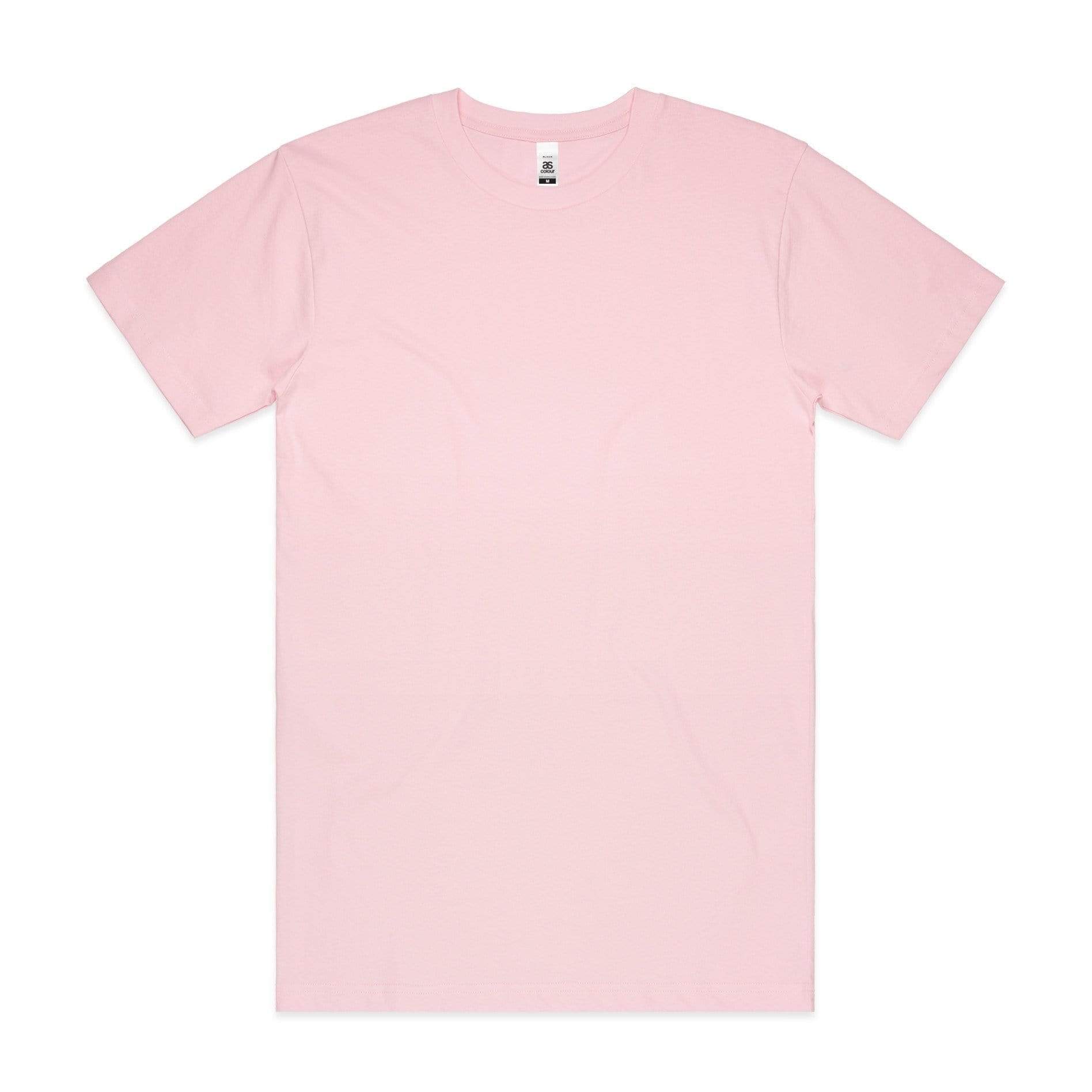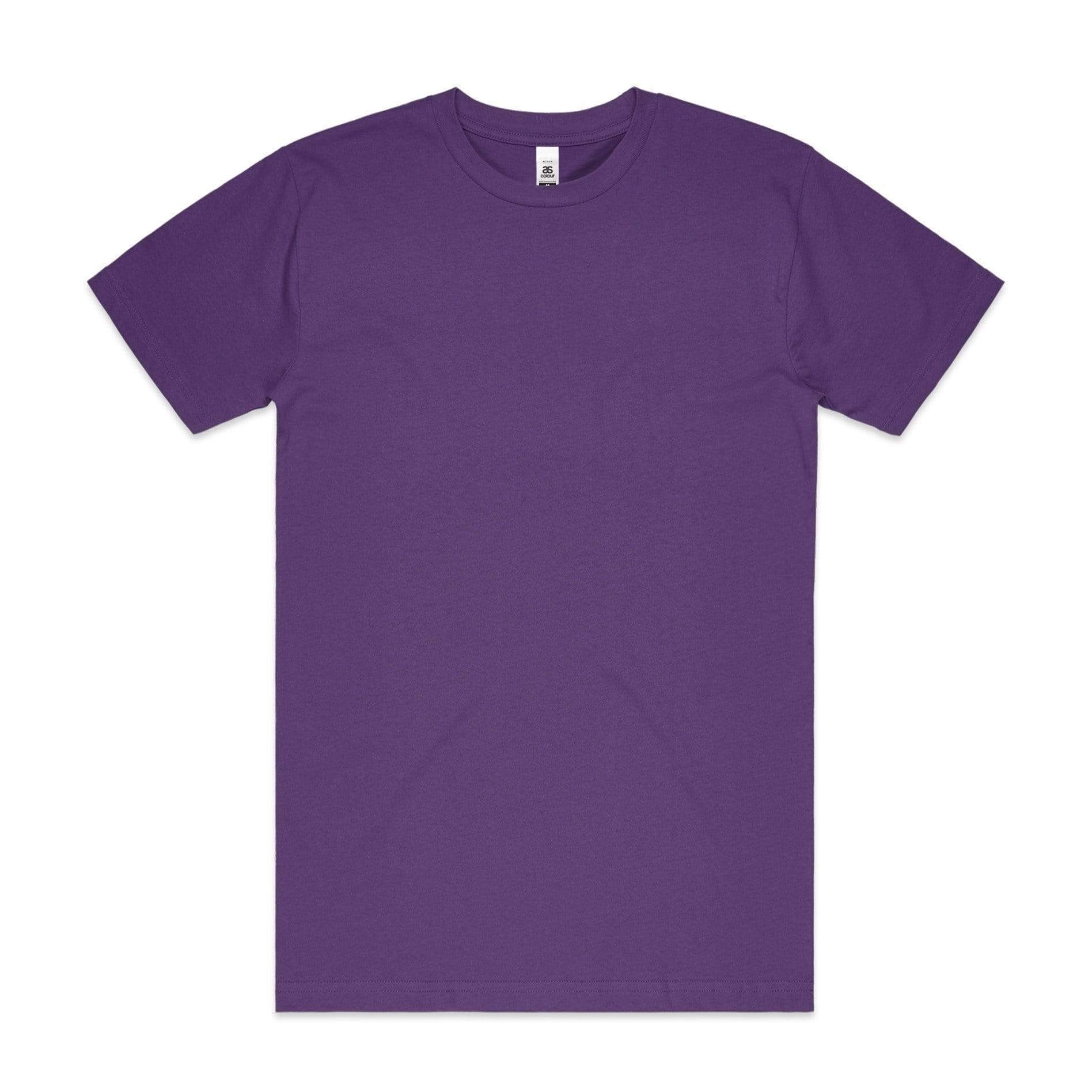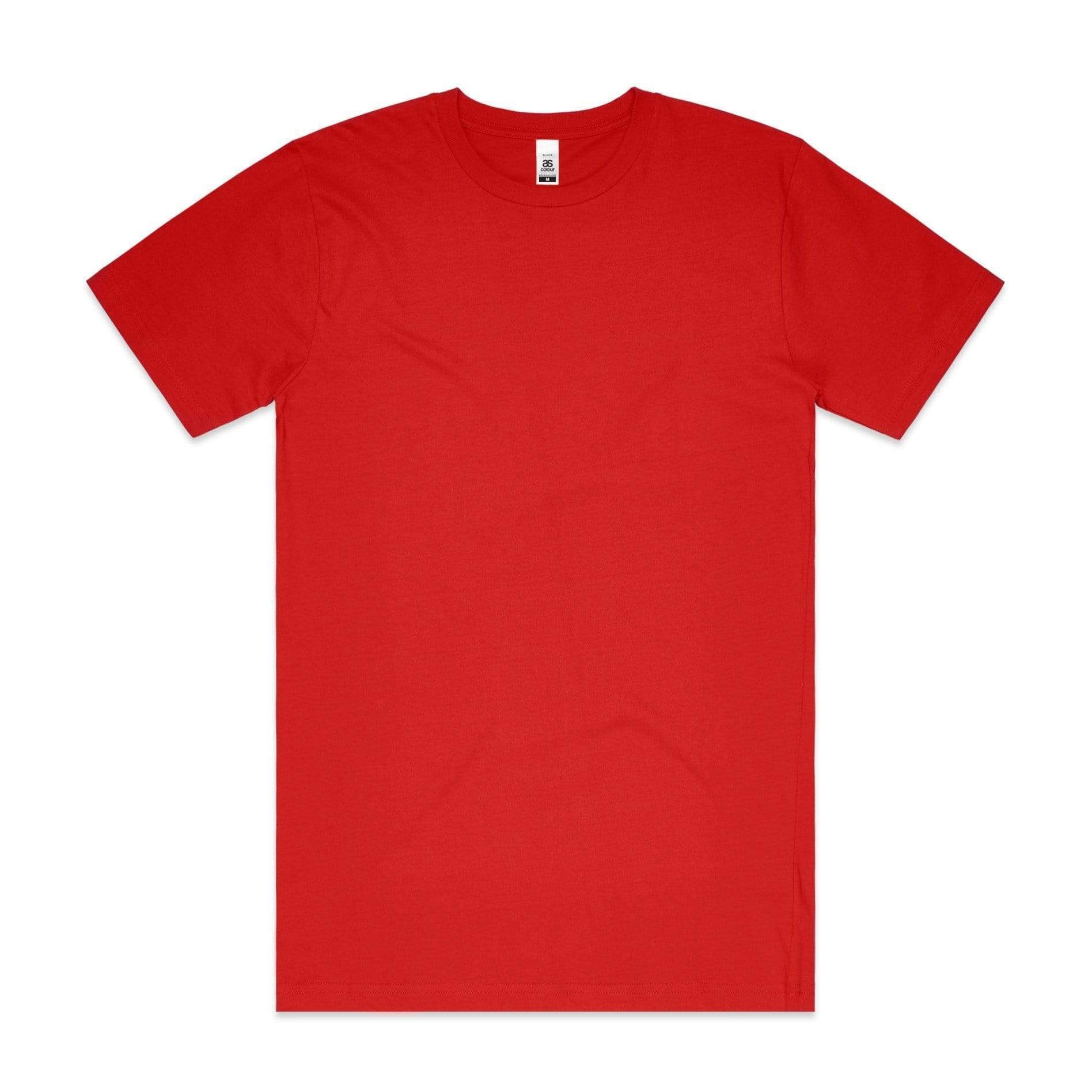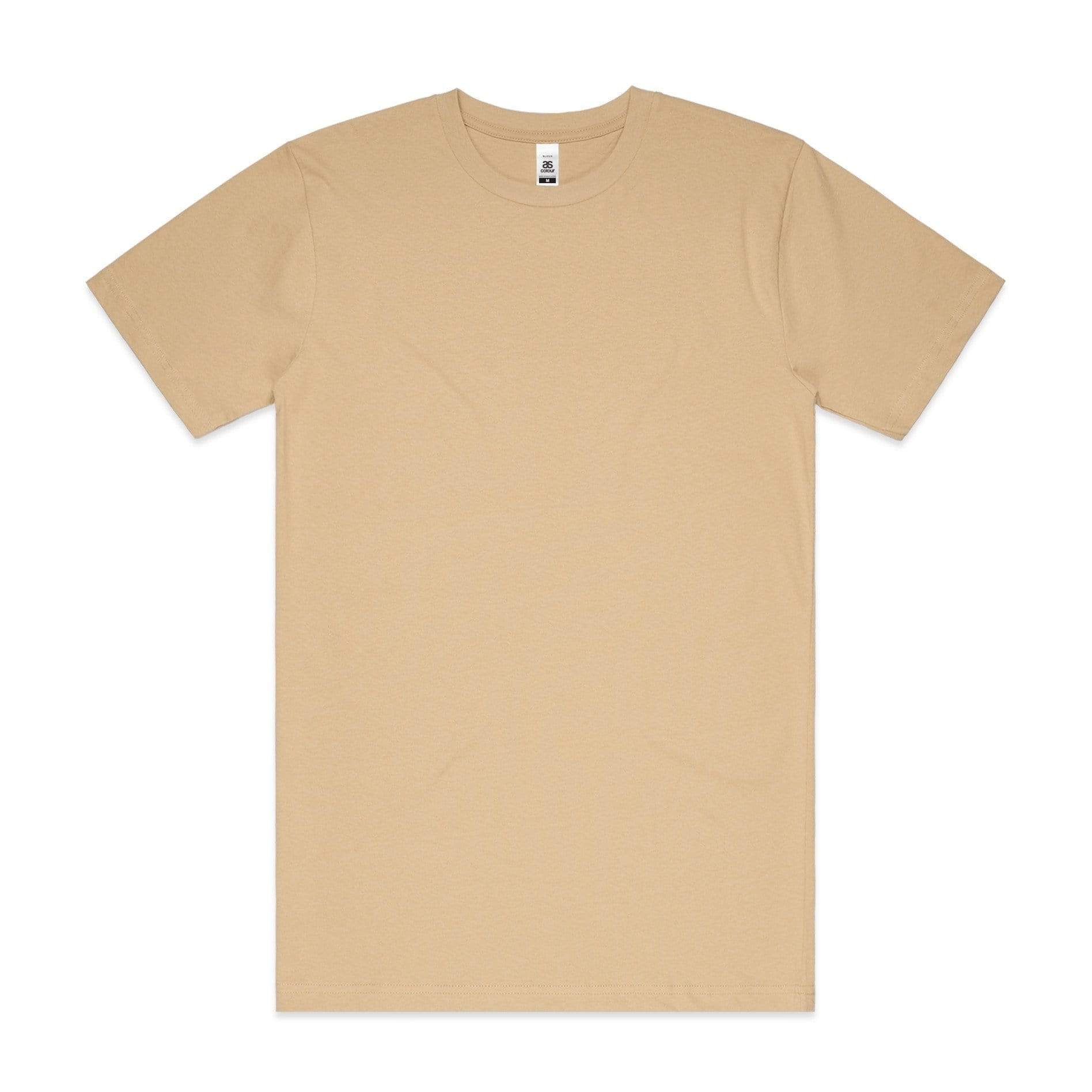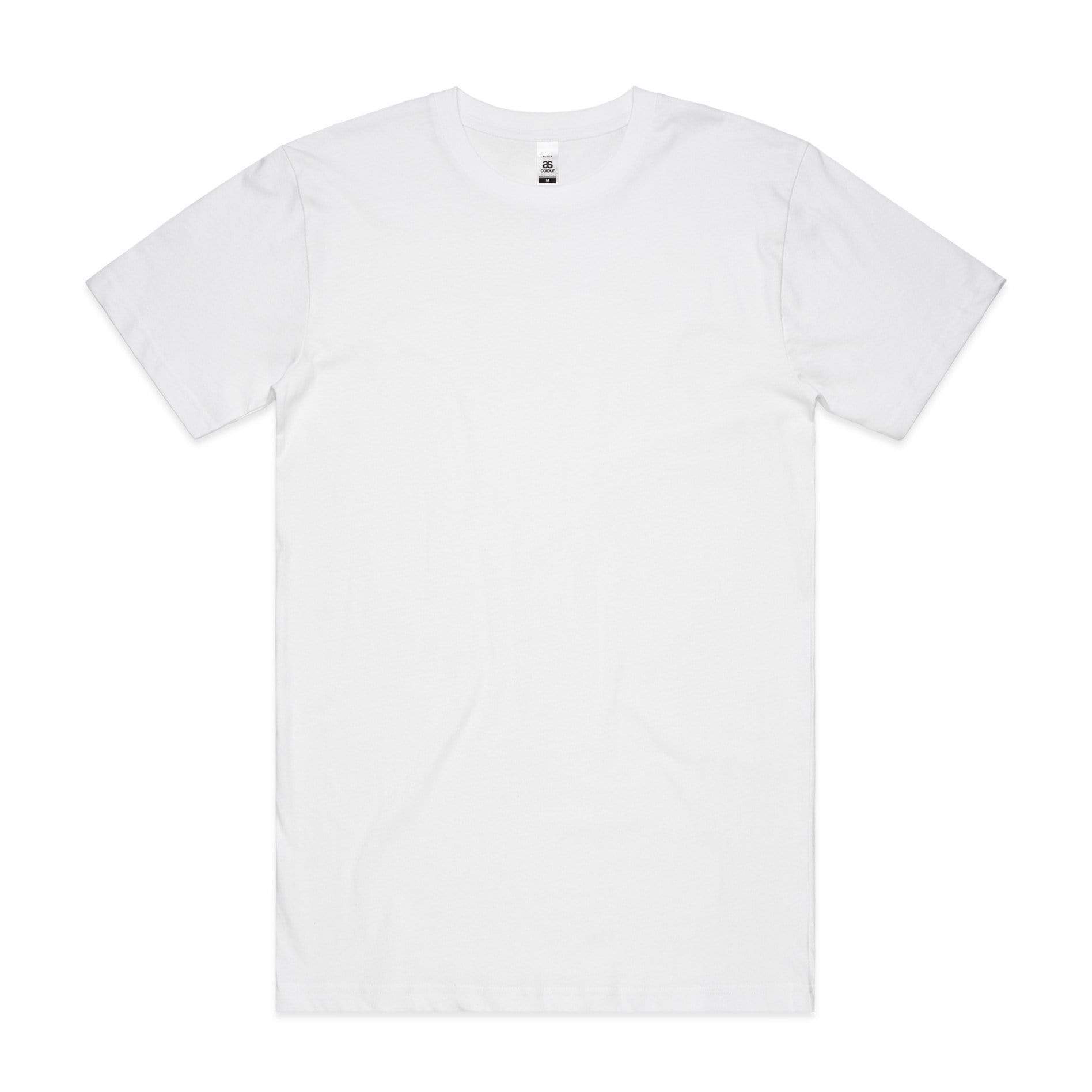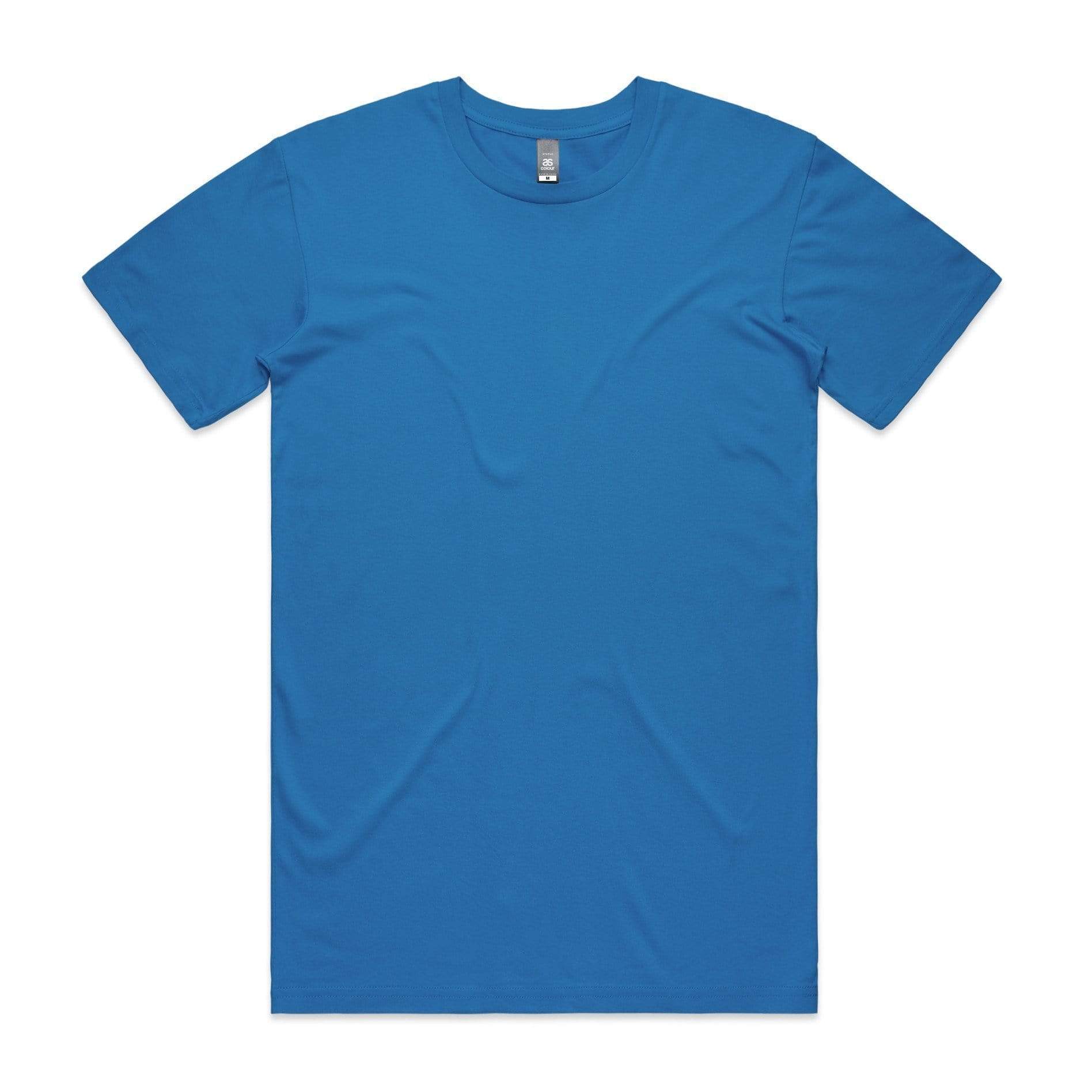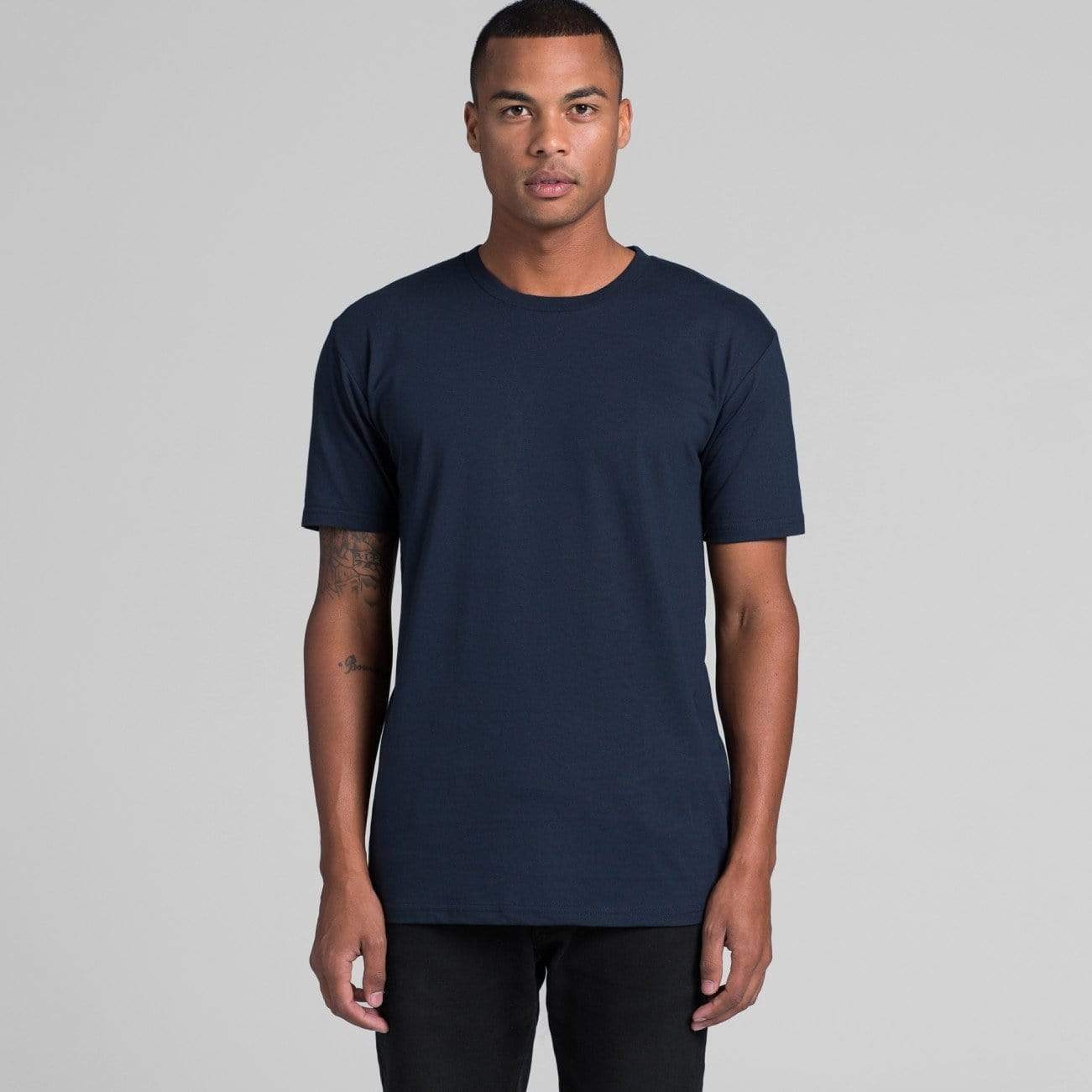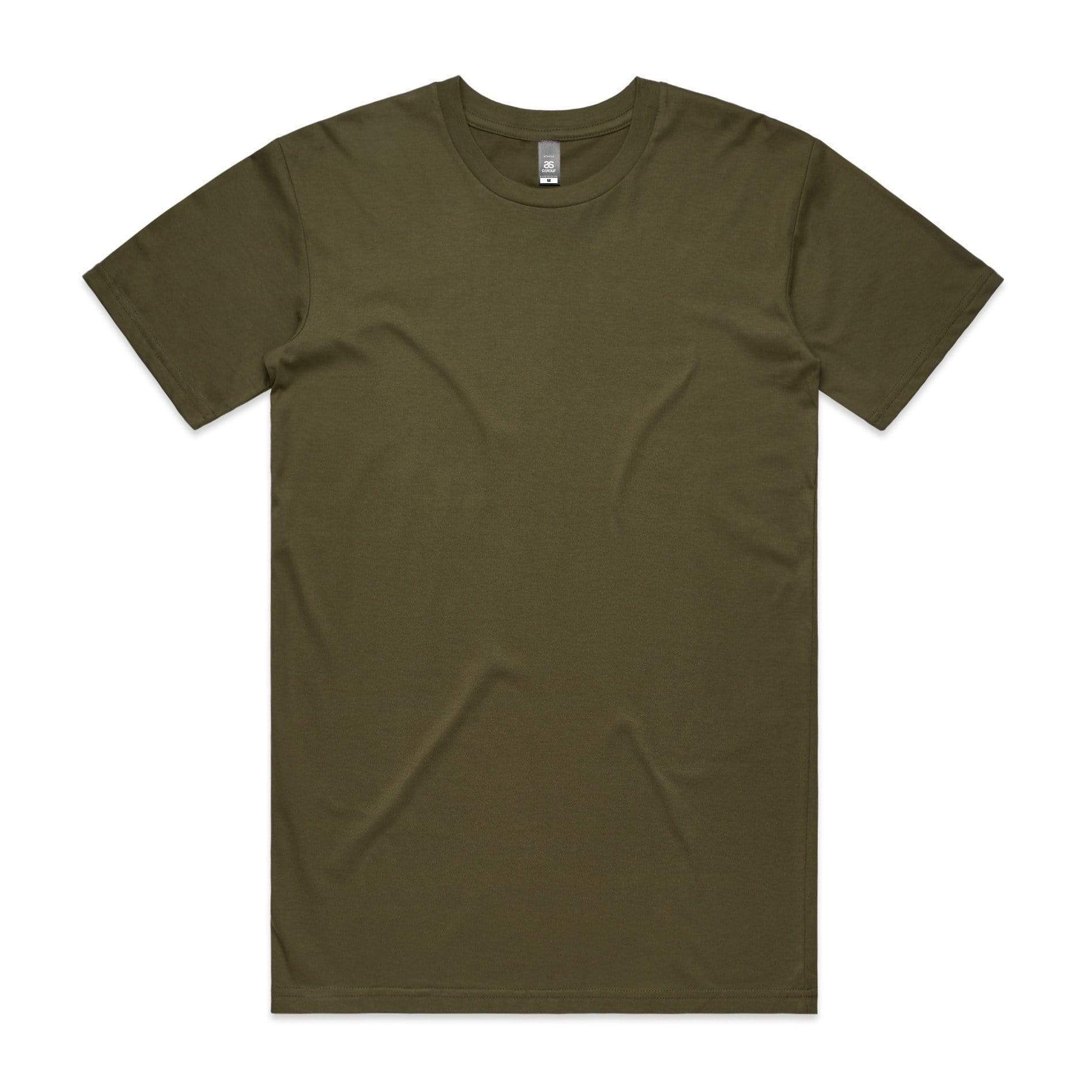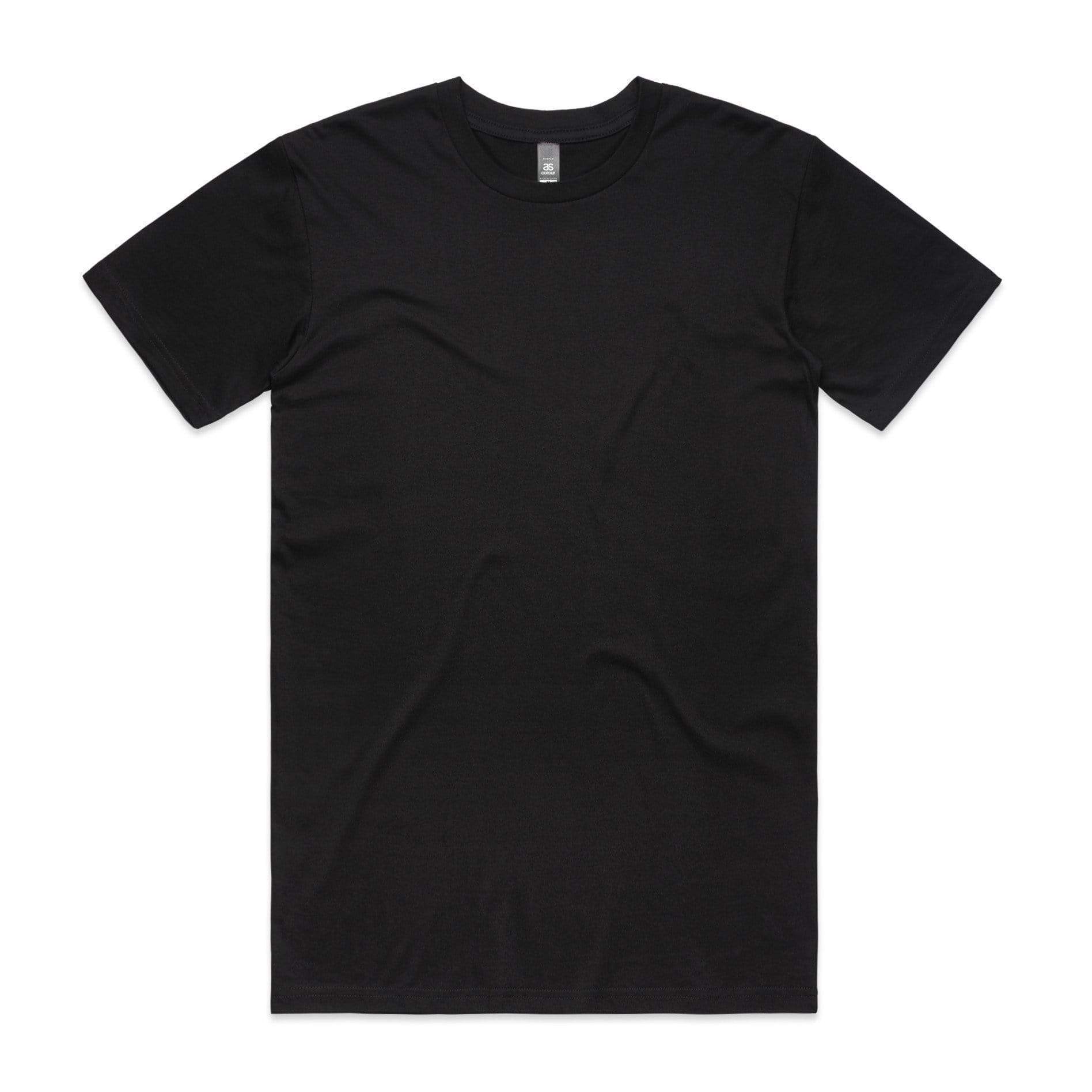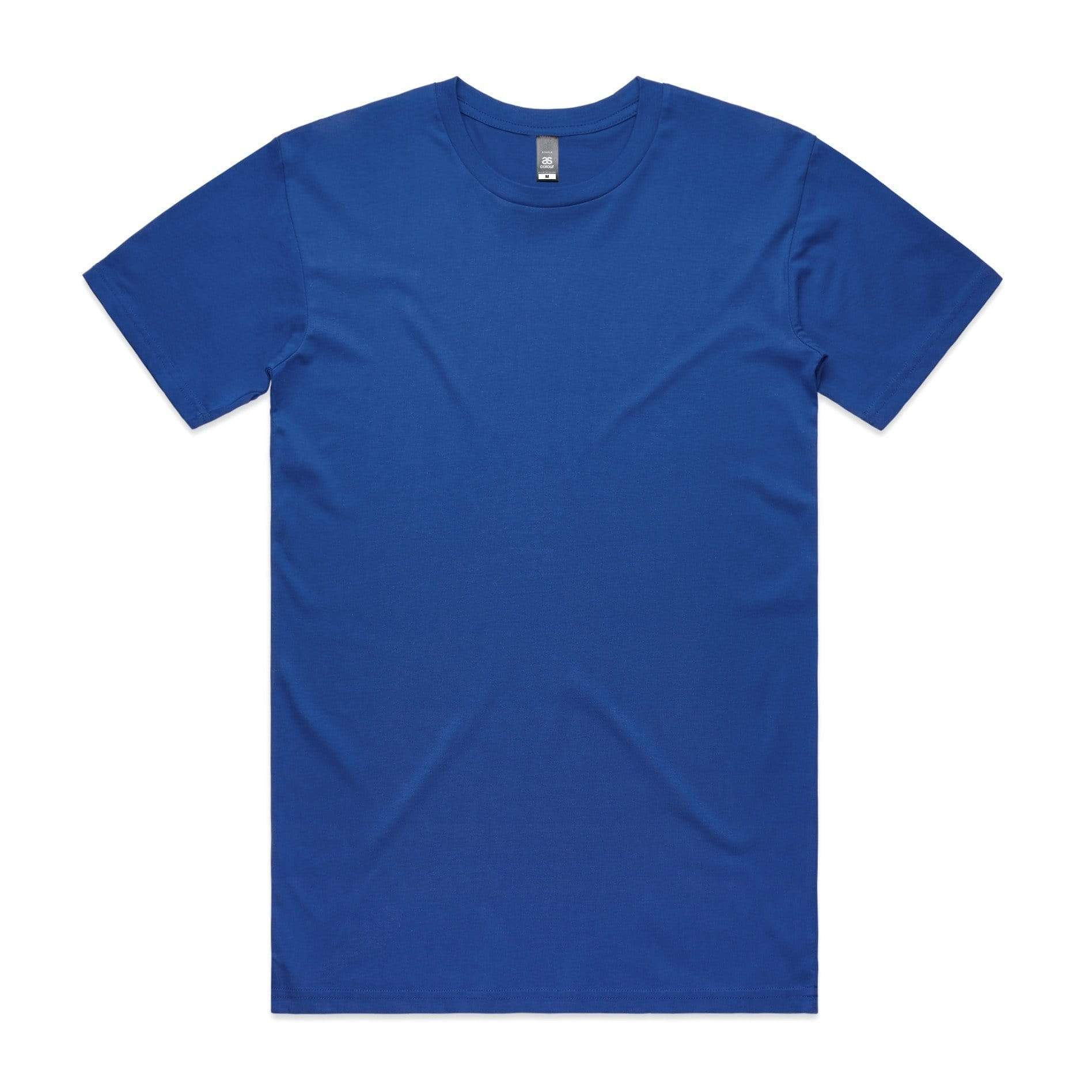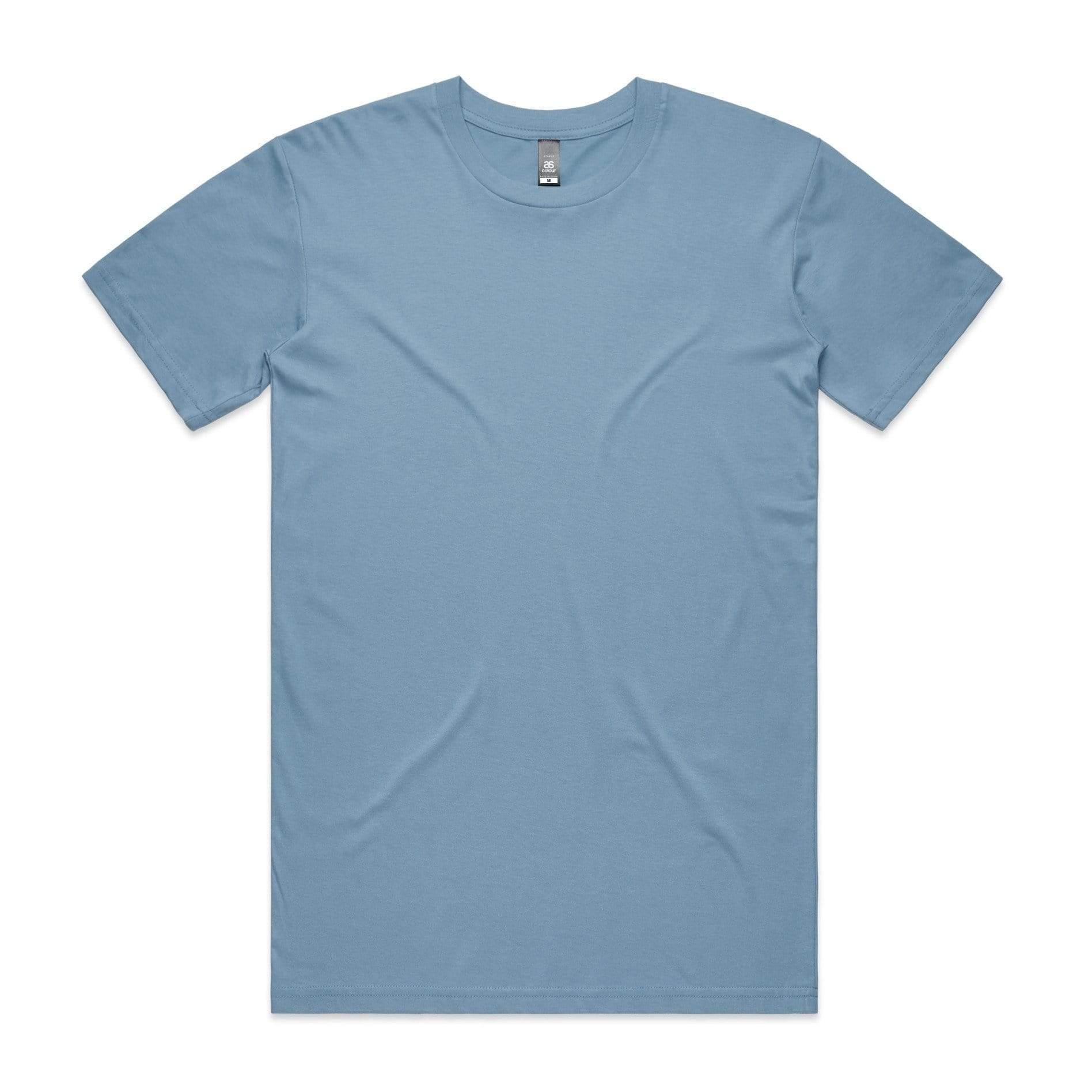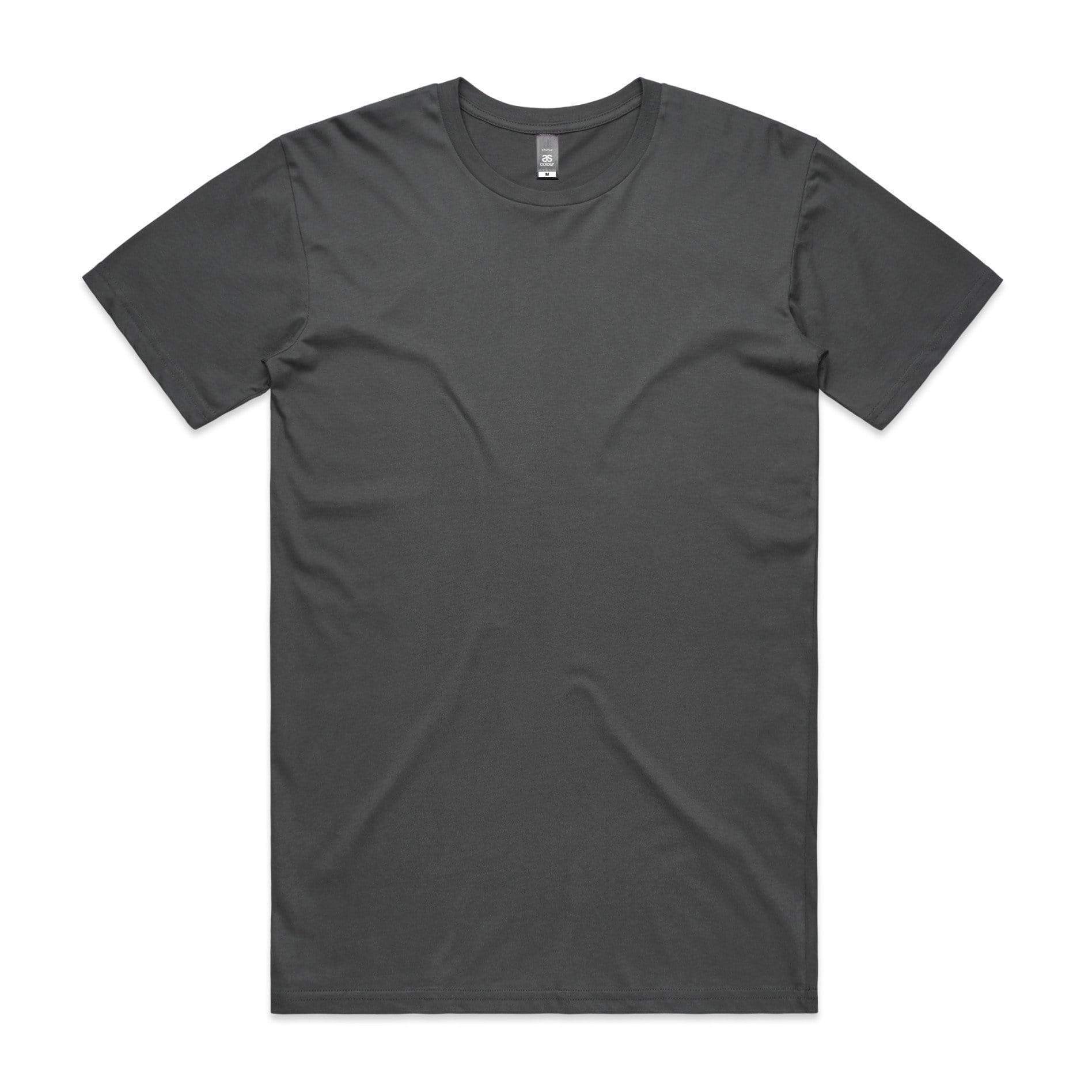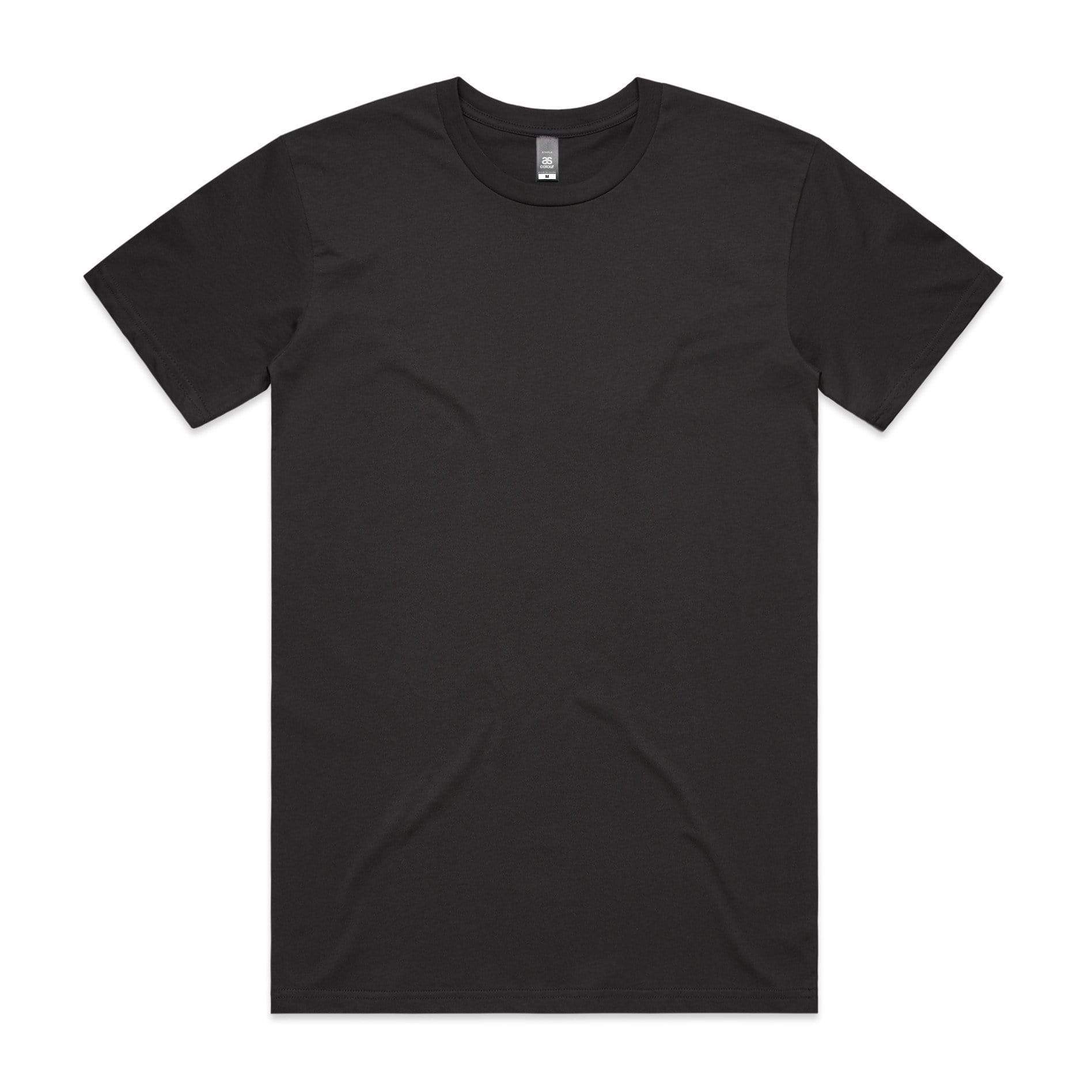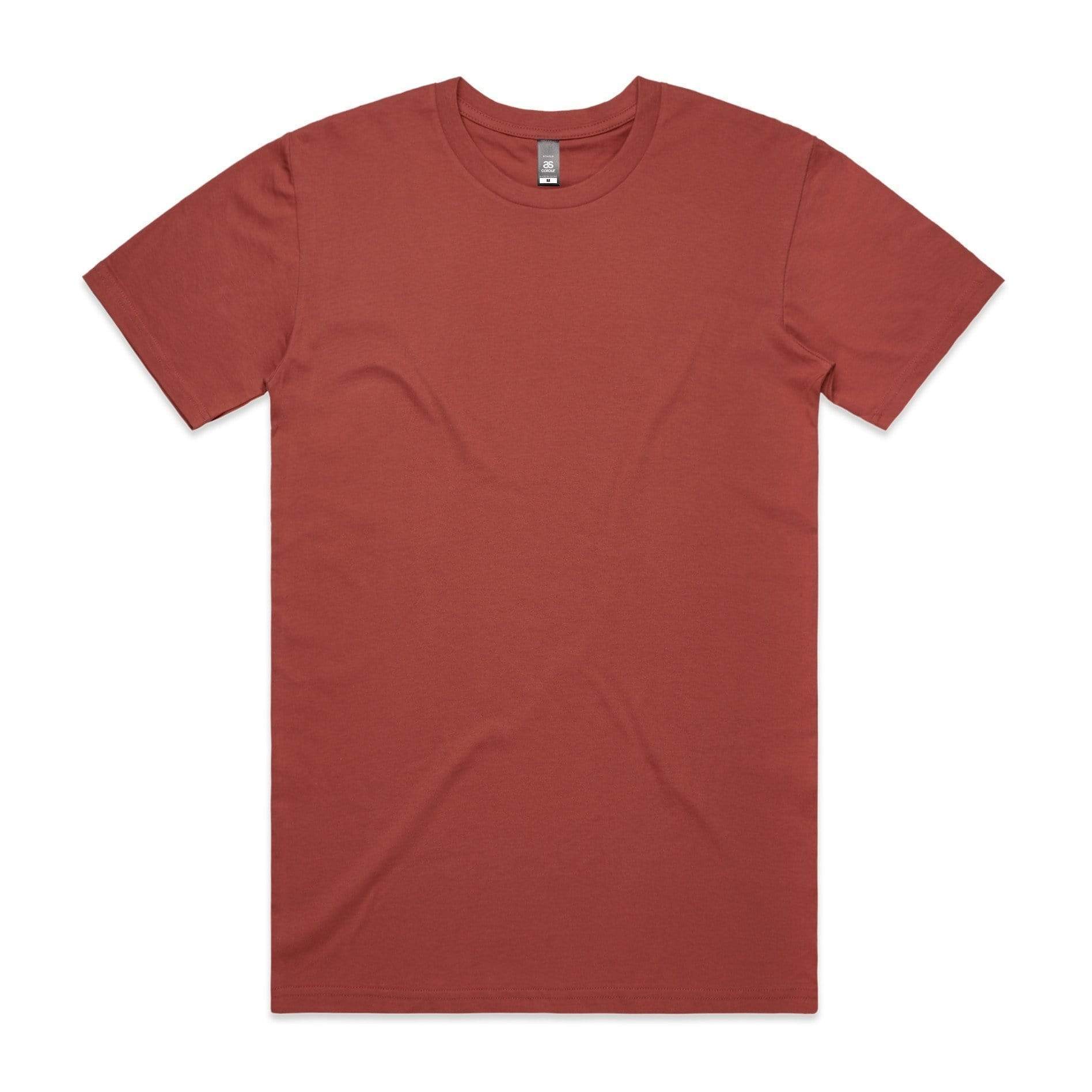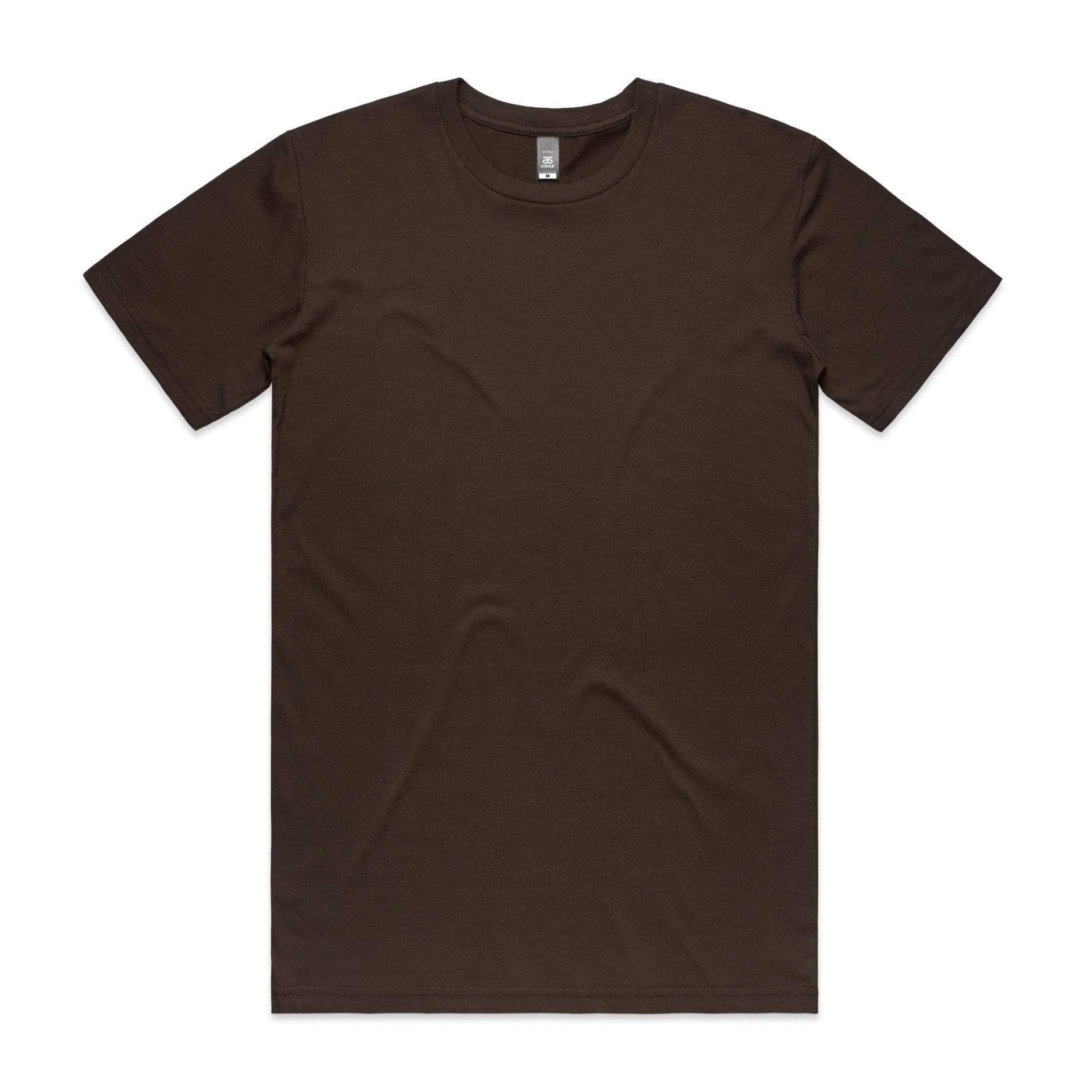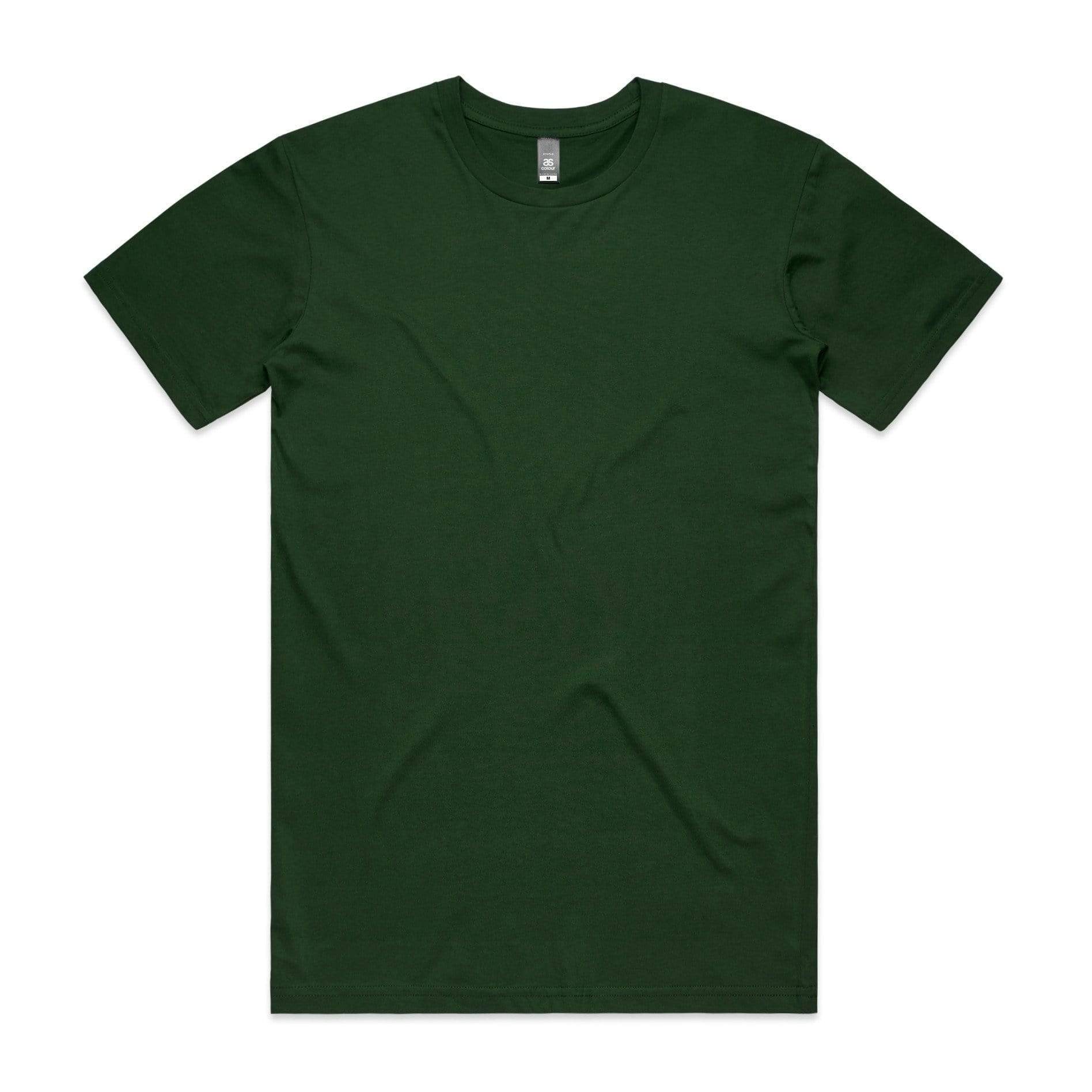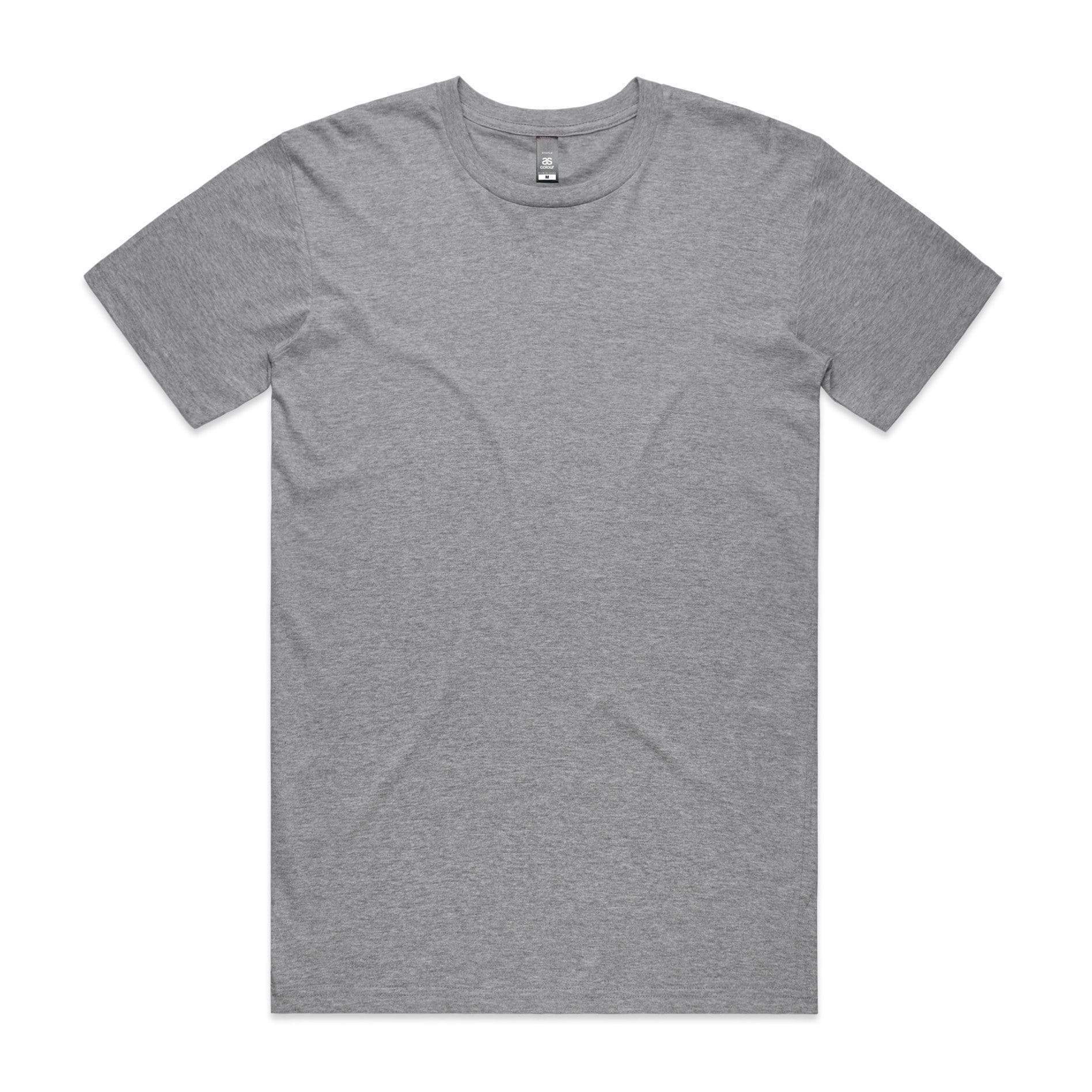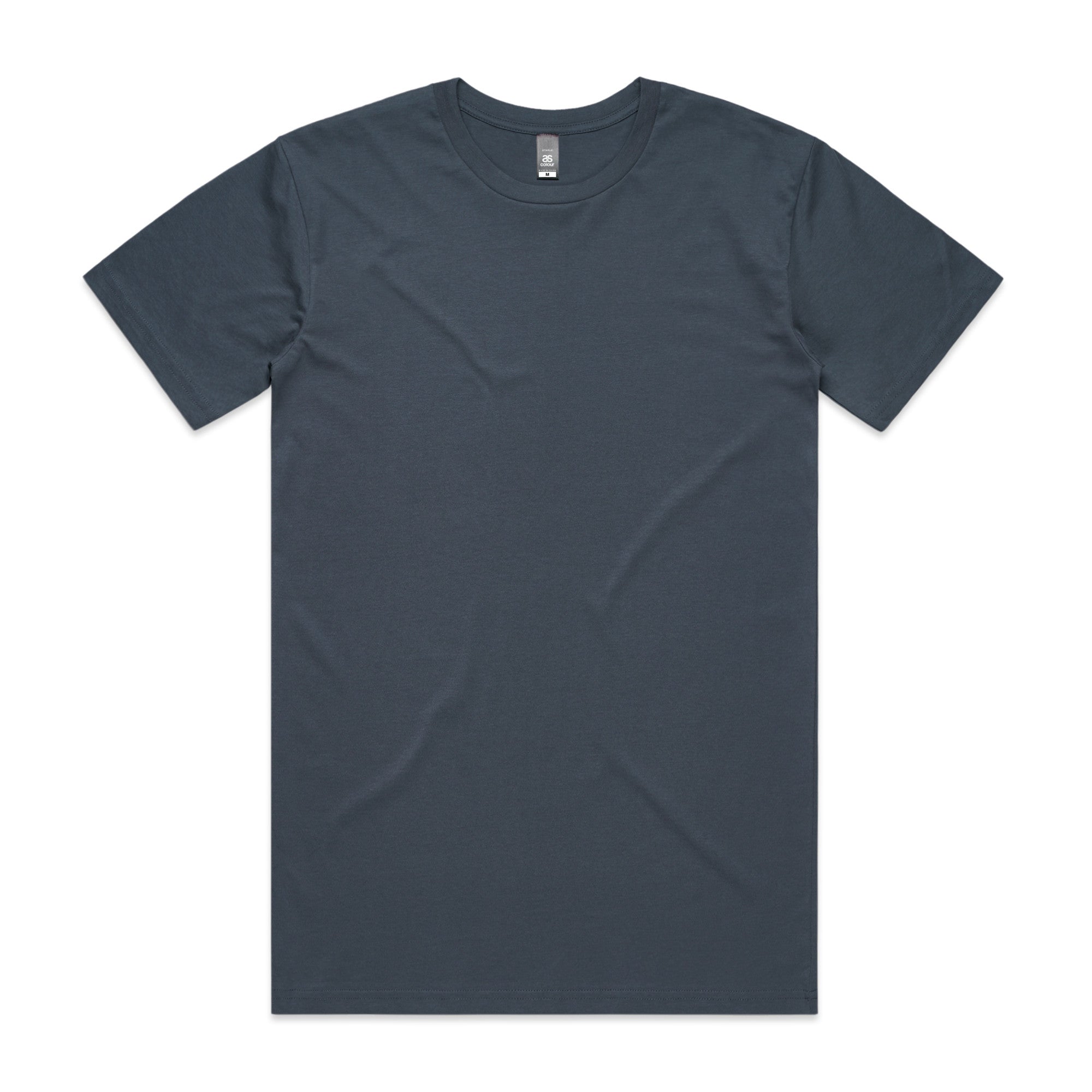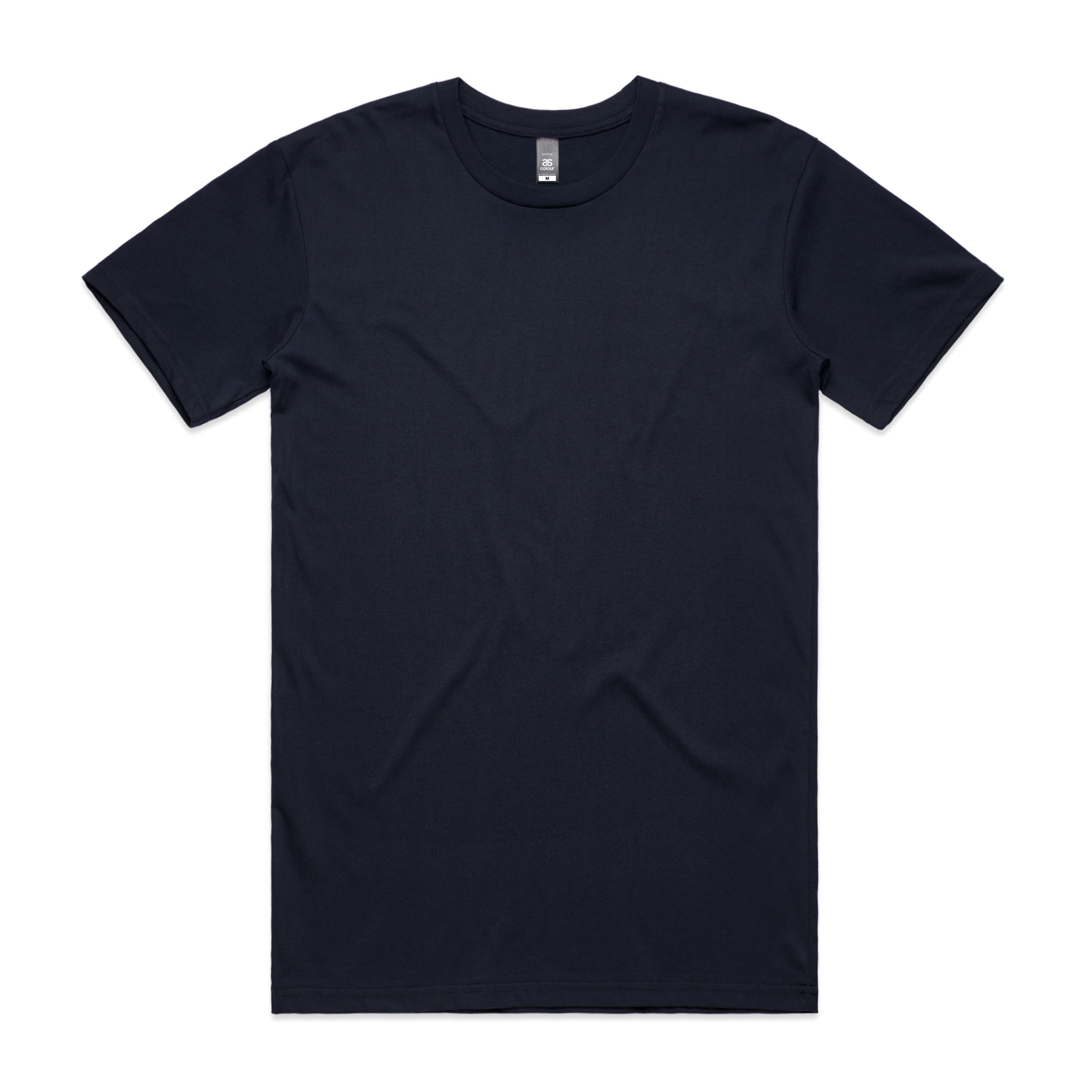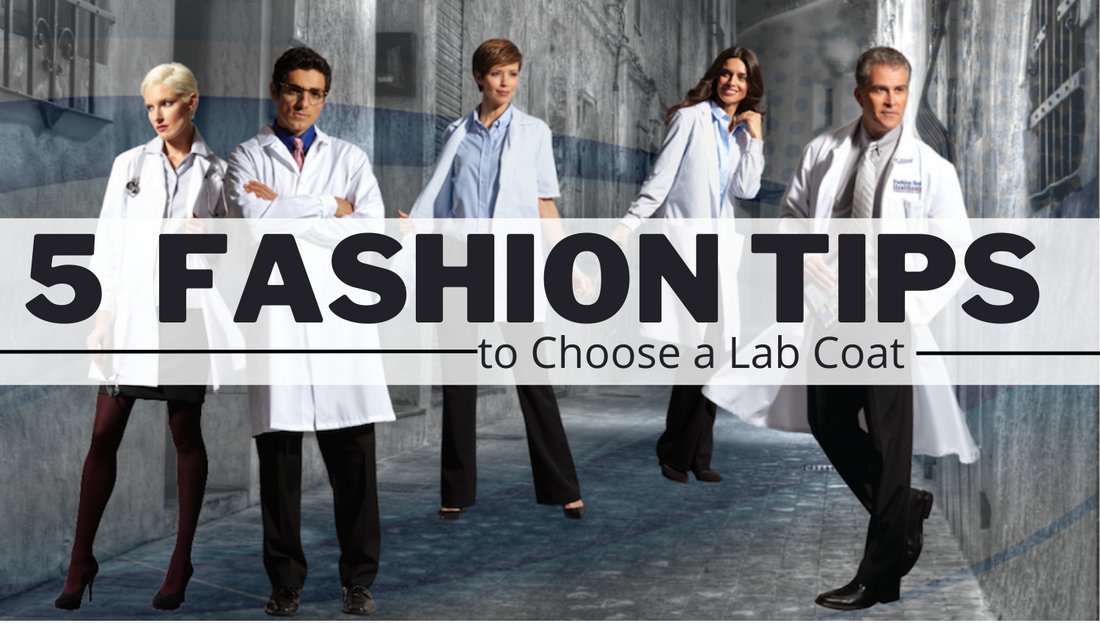Lab coats are not the first thing when we think about fashion. It might be nearly impossible to think of a white lab coat as anything other than a box with buttons, but in the vast realms of fashion, anything is possible, and would you be surprised to know that there is a fashion niche dedicated to fashionable lab coats? So let us put away the thought of a white lab coat and let us delve into the realms of the stylish lab coat. Here are five important things to remember. So, without further ado, let us begin:
Work Environment
There are different expectations for different kinds of the work environment. When dressing for work, there are practical concerns as well as long-standing traditions that you have to be mindful of. These two factors dictate the kind of lab coat that is socially acceptable to wear. Let us take the example, medical environment. A shorter, more open lab coat with big pockets is usually a great option for professionals working in a clinic or a doctor’s office. A longer, full closer coat with knit cuffs is seen as a better fit for those professionals working in a dentist's office since people working in dentist clinics are exposed to a greater risk of splatter. The best advice one can give to another who is in the market for a new lab coat is to first see what kind of coat your colleagues wear and pick one that best suits your style and fashion. First look for inspiration by seeing what your colleagues wear then buy the look for yourself.
Silhouette and Size
It is a commonly held perception that lab coats are large, shapeless sacks of fabrics, while unisex coats tend to be that way and you might prefer the roomy feeling of the lab coats. There are several lab coats designed specifically for feminine shape. These lab coats are tailored and made for the female body, they employ the use of front and back princess seams, black belts, and other features that complement the hourglass silhouette. The sizes of these coats are as varied as the females who tend to buy the. They come in all shapes and sizes ranging from XS through 4XL or 0-18.
Coats are like scrubs, and women’s lab coats come in two main fits: a junior more contoured fit or a missy relaxed fit. The junior as the name implies is more tailored to the shape of the woman’s body, it sacrifices mobility for a more tailored look while the missy relaxed fit provides a looser fitting. It provides greater mobility and is great for being worn over multiple layers of clothes. The choice is up to you whether you go for a more tailored look, the looser mussy fit, or the ever-present unisex design.
The Length of the Coat
The length of the coat depends on the individual and the type of clothes you normally wear beneath the coat. It is a golden rule that any type of lab coat can be worn with any type of pants, but if you generally wear knee-length skirts then a shorter coat will better suit your needs. A shorter-length coat will not hide your outfit and as such will highlight your personality.
In the common industry coats come in 3 lengths:
- Consultation Length = 27-32 inches
- Mid Length = 29-35 inches
- Full Length = 36-45 inches
While there is no hard and fast rule when it comes to what sort of length best suits what type of person. It is generally held that petite women wear Consultation Length coats, while tall women go for full-length coats. Those who fall in neither category tend to opt for the mid-length.
Fabric
The fabric of the coat is an important detail that is often forgotten about. The fabric of the coat determines how the coat will lay and as such how the coat will flatter your beauty. Thicker fabrics tend to be less flattering while thinner fabrics tend to be more flattering. Again a thicker fabric might suit you where a thinner one may not.
Here are some of the common kinds of coat fabrics:
Poplin:
Also known as broadcloth, this fabric has a high tread count and it is made using alternating threads the resulting material is thin, durable, and smooth. This type of coat best suits a hotter environment.
Twill:
Is heavier than poplin. It is made using twill fabric that features weft threads that run over or under countless warp threads at a time resulting in a thick fiber. It is best suited for cooler environments.
Micro-sanded:
Micro-sanded is a finishing technique that breaks the surface of the fiber to result in a softer and more flexible feel. It is best suited for everyone but not for vets. As hair sticks easily to the surface.
Other Features
Other small features of the coats that add to the fashion of the coats include; Lapels, pockets, closure styles, and other small details that make the coat best suited for individuals. There is no right coat for everyone but there is a right coat just for you. So go out and find it. Remember a coat needs not to be plain white drape of cloth it can be fashionable as well as functional.
